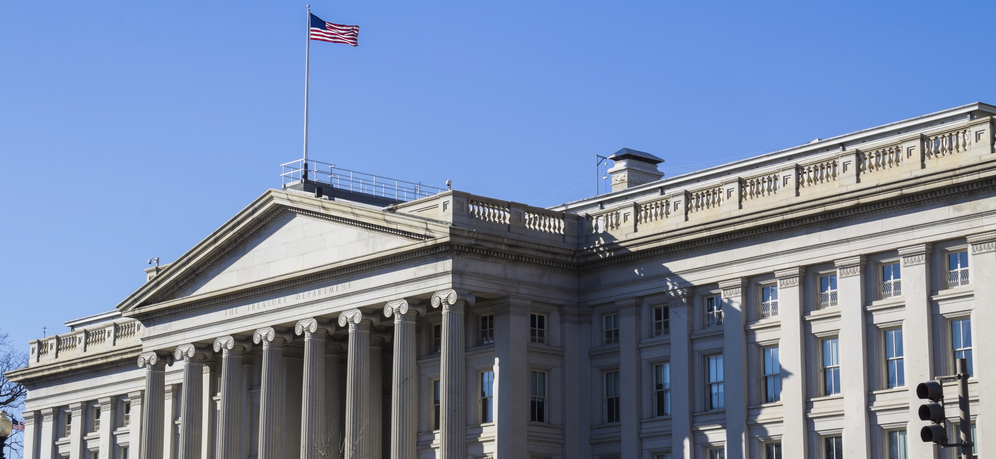Congress’s approval rating is at an all-time low. Only 14 percent of those polled approve of the job its doing. Part of the reason for this disapproval stems from the fact that it is not passing much legislation. Or in the words we hear quite often: “Congress isn’t getting anything done.”
This complaint has some truth to it. Over the last few years, Congress has only passed around 100 bills per year, far below its historical average of around 300. This is largely because Congress has been divided since 2011, with Republicans controlling the House of Representatives and the Democrats controlling the Senate. Such a divide has meant that the two Houses have not agreed on a whole lot of bills for the President to sign into law.
But a divided government that sometimes stalls over legislation can sometimes be a good thing, especially if you value fiscal restraint. A number of analyses show that when government has a hard time agreeing on new initiatives, it spends less of our hard earned tax dollars. For example, the two biggest periods of fiscal restraint in the post-WWII period, under the Eisenhower and Clinton administrations, came under divided governments. This usually means less corresponding deficit and debt accumulation that eventually must be financed through our taxes. We have also seen this type of fiscal restraint during our current divided government – federal spending has actually stayed relatively flat over the last four years.
This was what our American founding fathers intended when they devised the country’s system of governance, so that government would be divided much of the time. Checks and balances were put in place to (among other reasons) serve as a check on the “populist passions” of the day that otherwise could be realized much more readily, but potentially result in a severe hangover several years later when passions moderate. In other words, the founders wanted Americans to be really sure of a potential law before they implemented it. In this light, divided government and a “do nothing” Congress doesn’t look that bad.
The fact is, a divided government reflects a divided country. And the country is divided: Approximately half of the country is advocating for policies that move the country closer to a European-style, democratic-socialist form of governance, characterized by increased government influence in our lives. The other half wants policies that focus on the traditional concept of individual rights, characterized by less government influence in our lives. While this conflict of visions plays out, both sides appreciate the do-nothing Congress’s role in moderating the other side’s agenda.



